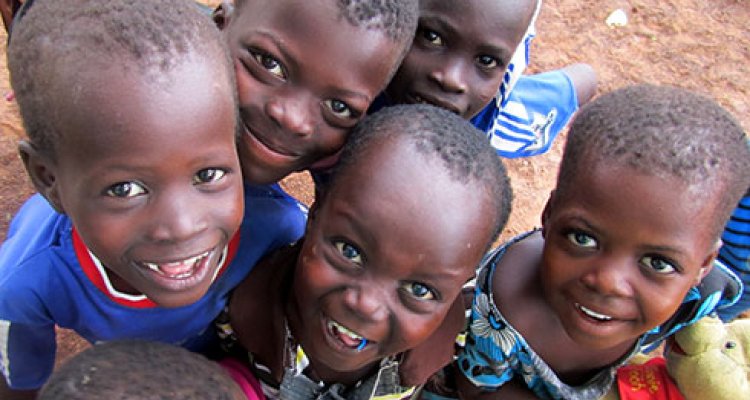
Project
Agriculture and nutrition: linkages and drivers of smallholder farming households in Ghana and Kenya
The majority of the undernourished population in the world live in rural households in developing countries. Farming is the mainstay of many of these rural households and so often the only means to access of food and income. Evidence for assumed linkages between agriculture and nutrition is however weak. In the context of the N2Africa project, we will research these linkages and the drivers of rural households in Ghana and Kenya.
In literature linkages or pathways are described through which agricultural may affect nutrition and health. These pathways include increased production of more and nutritious foods for consumption; increased agricultural income through increases in production or productivity that can be used to purchase the necessary nutritious food; increased use of technologies and systems that improve or preserve the nutritional content of foods, either at the farm level, through marketing or processing; and through increased empowerment of women enhancing their control over resources, knowledge and status (amongst others, World Bank, 2007; Hawkes et al. 2012; Gillespie et al., 2013; Ruel et al., 2013). However, these theoretically assumed linkages are poorly understood and the evidence base for these relationships are poor.
Objectives
- To assess the contribution of legumes to the nutrient intake of children and women
- To assess the association between crop diversity and yield gap with dietary diversity and nutrition gap
- To assess the association between legume production and legume consumption, dietary diversity, and nutritional status of children and its drivers
- To re-design and test farm systems based on optimized diets
N2Africa project
The N2Africa project aims at expanding the area cropped with legumes and intensifying production, to improve soil fertility and enhance nutrition security of smallholder farmers in sub-Saharan Africa. Therefore N2Africa is a perfect entry point to unravel the linkages between agriculture and nutrition.
More research: International maternal and child nutrition